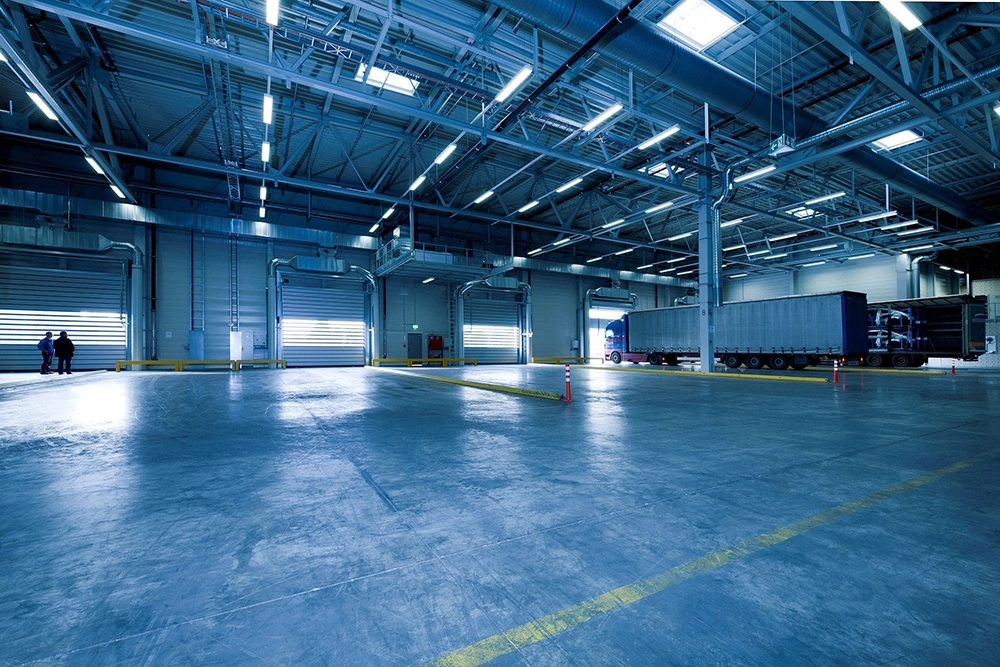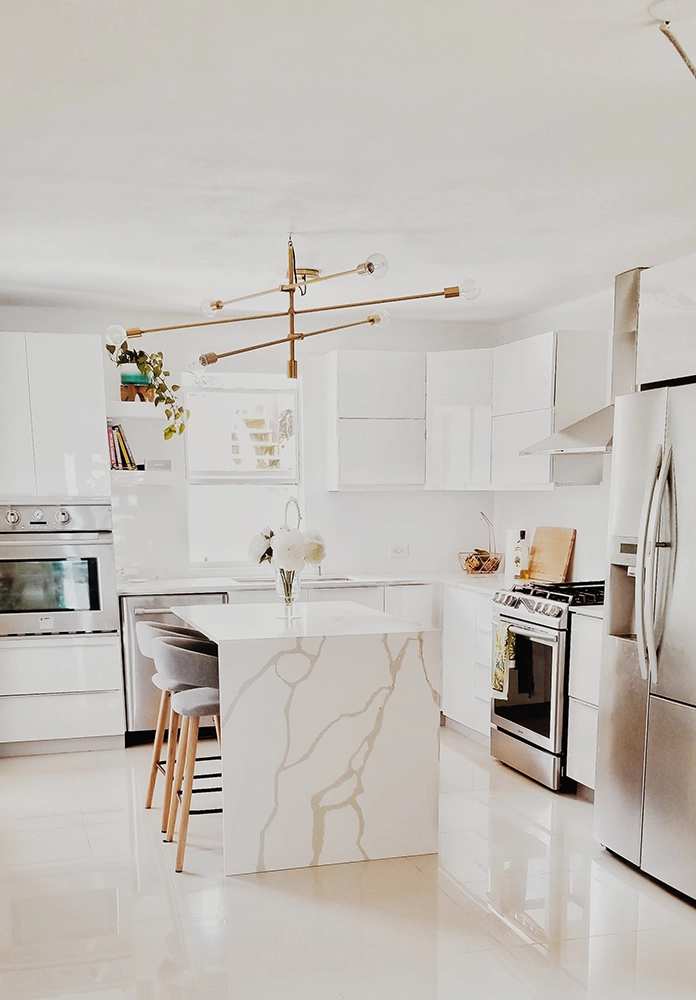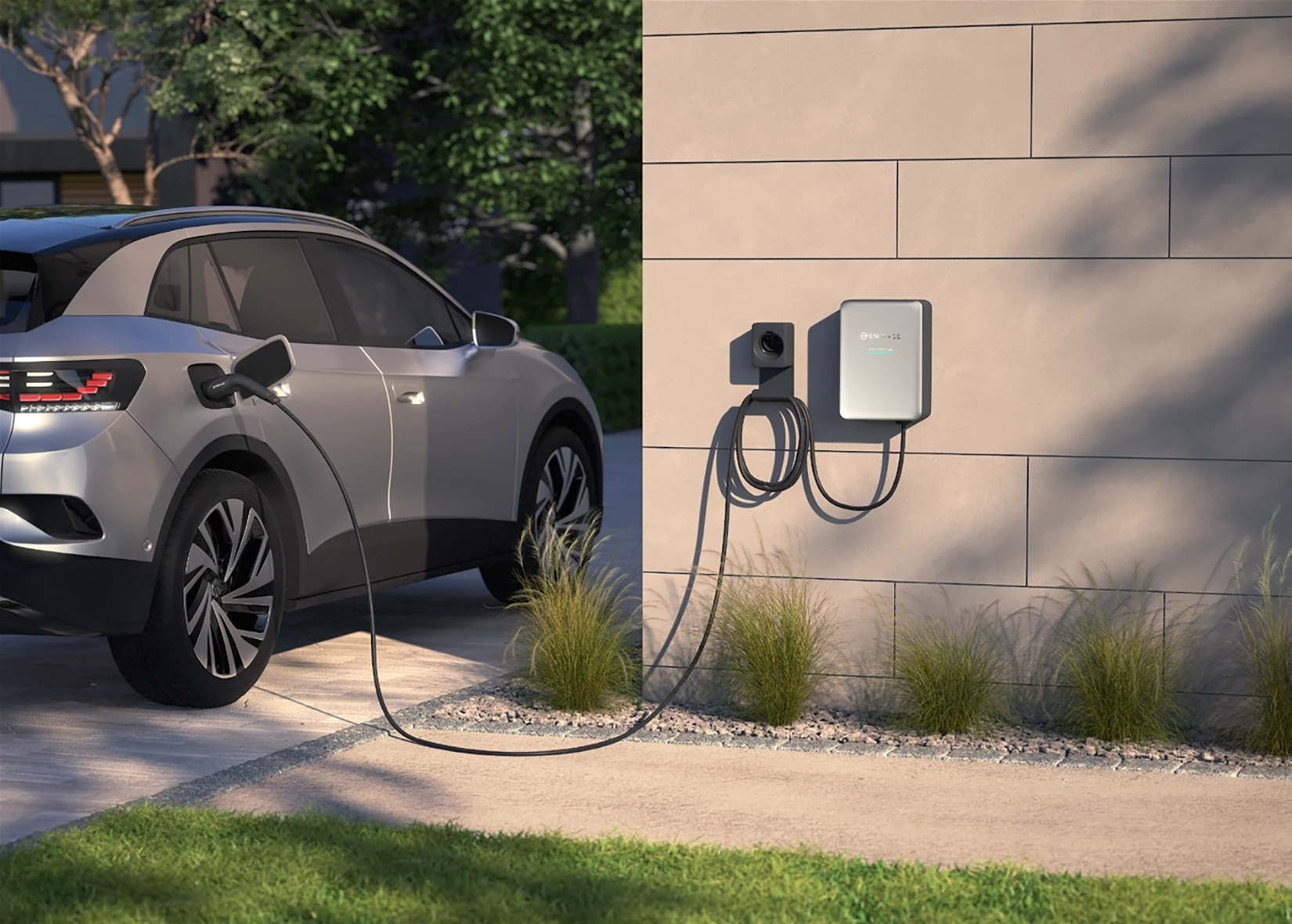The Federal Battery Rebate Incentive is Now Available
The Federal Battery Rebate Incentive is Now Available
Posted 1 Feb
With more conversations starting to evolve around new energy topics every day, you may see people throwing terms around like ‘single phase charging’, ‘3-phase is better!’ and many are left often confused on what these mean – similar to references in a 2003 hacker movie.
Let's explore what the differences are between single and three phase without getting too complicated.
In Australia, single-phase power is the standard for homes and small businesses, which runs at 230 V, running everyday appliances like lighting, your fridge, and coffee machine (the most important appliance) etc. Single-phase homes can support up to 7kW, single-phase compatible chargers.
Three-phase (3-phase) power runs at 415 V, or 230 V per phase, which is designed for businesses and high-consuming properties. This extra voltage capacity allows for power-hungry products to run without going over maximum property capacity.
For example, in a residential setting, you would need 3 phases if you were to install a 22kW electric vehicle charger, which will need its own phase because it draws so much power that a single-phase setup could not handle.
Single or Three-phase is the distribution of the electricity load in your property. Most homes and small-businesses are single phase, with larger businesses and upgraded-homes consisting of 3-phase.
So now we have the simplified version out of the way, let’s deeper understand what is really going on in your property’s energy system.

Let's use electric vehicle charging for an example. Because electric vehicles contain large batteries, charging them is quite a process.
A typical base model Tesla Model 3 has a battery which stores 60kWh. Now if we completely charged the battery from a regular 10-amp outlet (which can provide 230 V x 10 A = 2300 W (2.3 kW)) it would take 60 kWh/2.3 kW which equals 26 hours, clearly not acceptable for most.

Now if we dedicate a single house circuit with a capacity of 32 Amps then the charging power would be 230 V x 32 A= 7360 W (7.36kW). The time would be reduced to 60 kWh/7.36 kW = 8.2 hours, much more acceptable but about the maximum we could achieve in a single phase equipped home.
This is because the power requirements of other high-powered appliances in the home such as air conditioners, ovens, and pool pumps soon add up to a limit that the single-phase service line from the grid can provide; 80 Amps.
The answer is to triplicate the service line so that the house is provided with three lots of 230 Volt 80 Amp energy. Now we can increase the size of the EV charger to 3 x 7.36 kW = 22k W and our Tesla battery will charge in 60/22 = 2.7 hours which is much more acceptable.
Upgrading your property to three-phase will allow you to use all your appliances (including heavy consumption products) without tripping any circuits. Upgrading to 3-phase can cost anything between $4,000 - $5,000 depending on the property, so it will really depend on your energy requirements and budget.


If it is three-phase, it will typically be written somewhere on electricity meter. Another way to see is if you have 1 or 3 main switches or 3 fuses. If your home is a residential property, chances are that it will be single-phase.
If you’re still having trouble, you’re very welcome to send an enquiry and show us a picture of your meter box and we can let you know.
Depending on who your service provider (DNSP) is, there will be a set cap on the amount of power you can export per-phase. For example, Ausgrid allow a maximum of 10kW per-phase, allowing you to upgrade up to 30kW solar systems with three-phase. Some other DNSP’s only allow 5kW per-phase.
The AC output that a solar system can use is based on the inverter size, so if your solar system is 6.6kW, and your inverter is 5kW, it will be allowed as it is based off the inverter size as that is what the system will be exporting.
Solar battery storage doesn’t need to be designed around a 3-phase power, but in some cases, the battery can be only store power from one-phase which would essentially bottleneck your investment. Your electrician should account for this so the upgrade doesn’t lose out on the benefits.
Yes split-phase electrical power distribution exists. It is more commonly used in homes and light-commercial properties. It works by
organising the electrical wiring to provide both 120 V and 240 V power to various appliances.
The single-phase AC power is parted into 2 separate phases, each 120 V. The 2-phases are 180 degrees out of phase of each other, which
allows for when a phase reaches peak positive voltage, the other reaches its negative voltage.

Explore upcoming & available bidirectional V2G-capable chargers in Australia from V2Grid, RedEarth, Sigenergy, Enphase, Tesla, and Fronius EV charging.

Compare the difference between Sungrow's SBH and SBR battery storage vs. BYD Battery-Box and find what battery is better for homes or businesses in NSW.
Leave a Comment